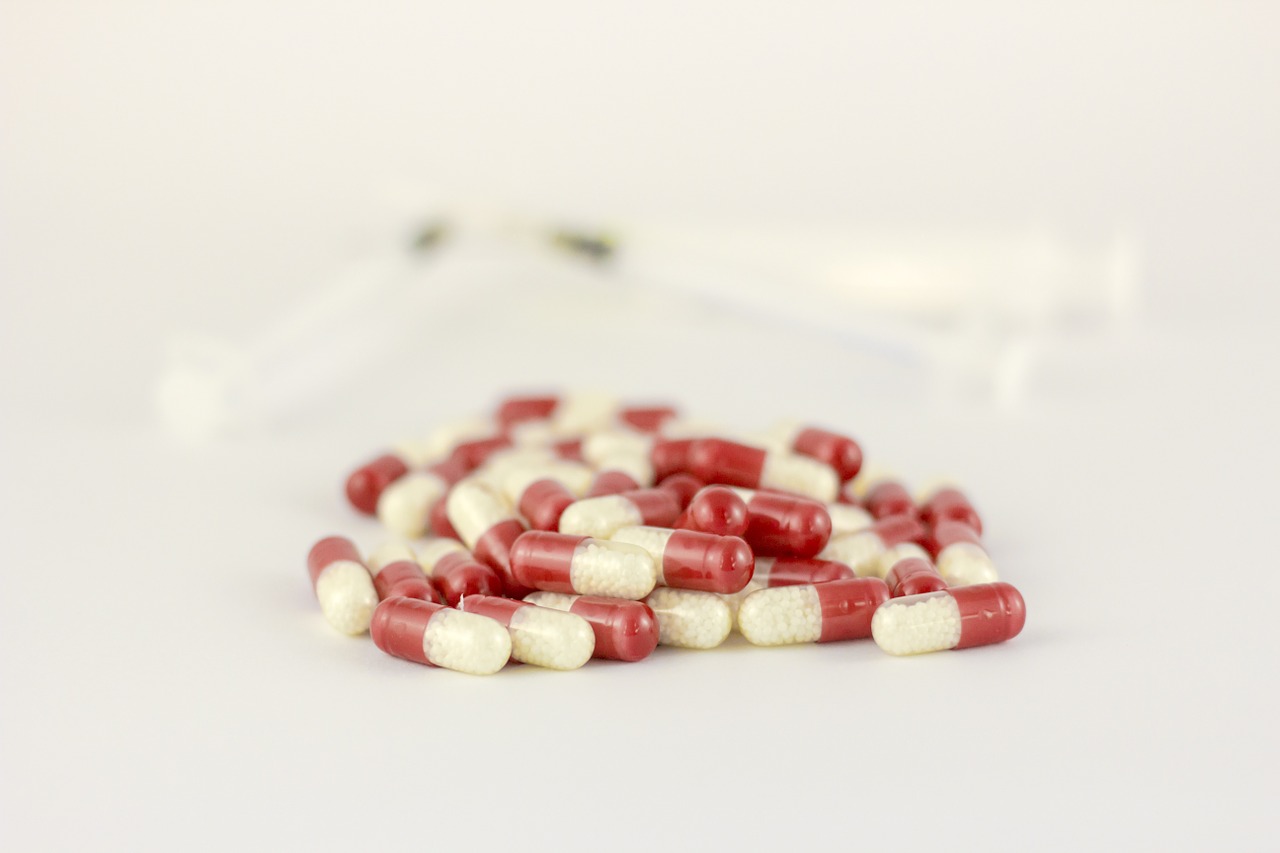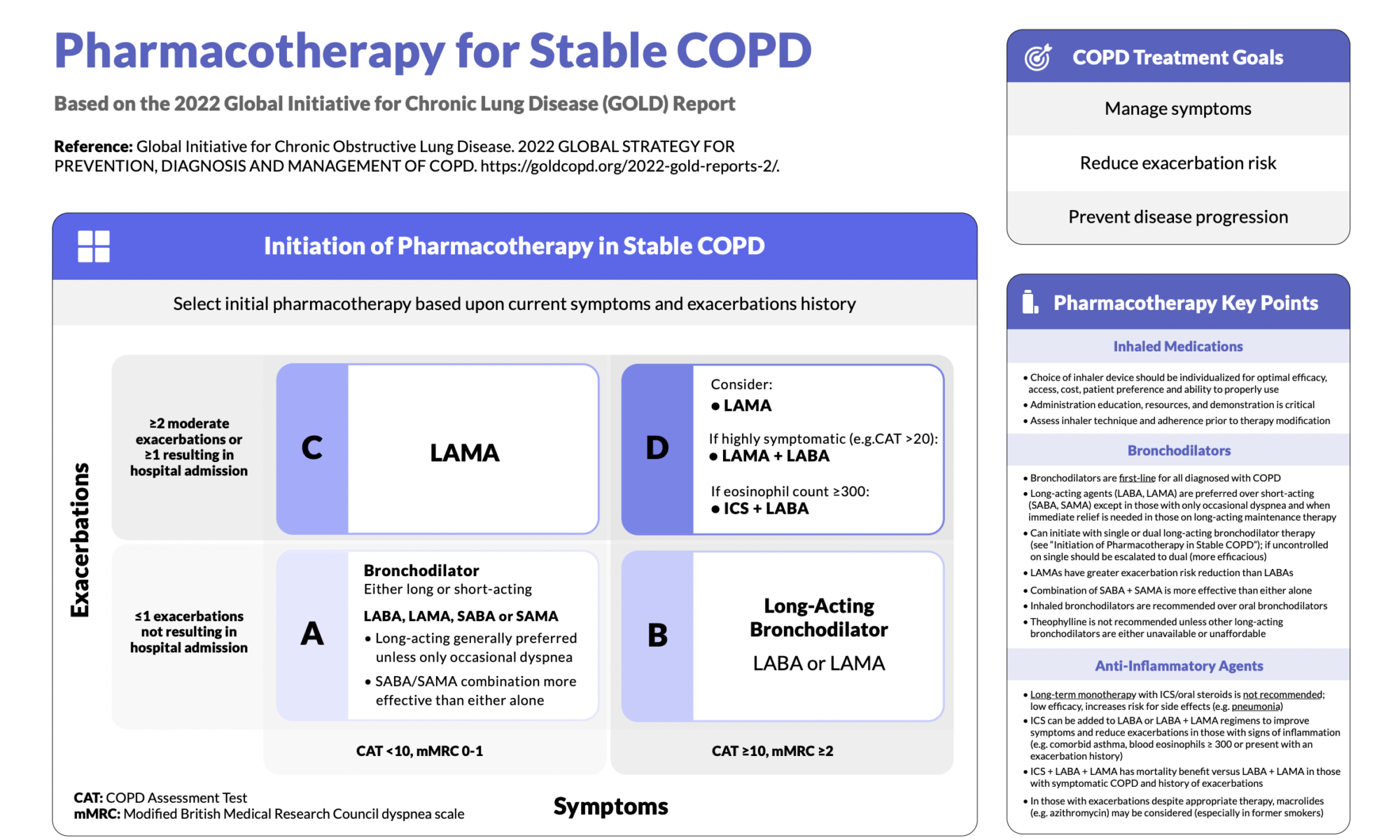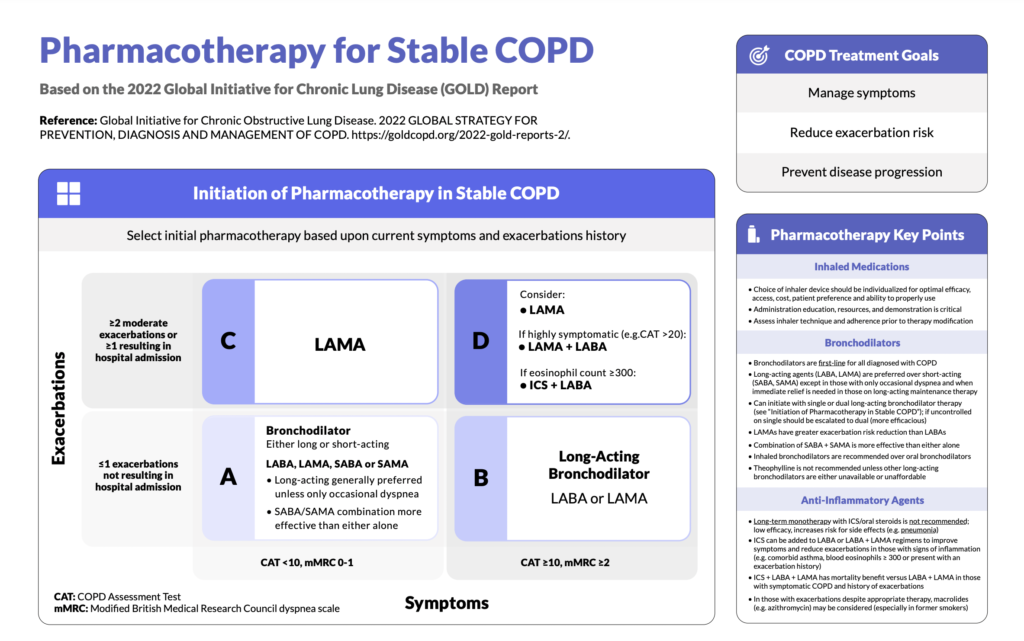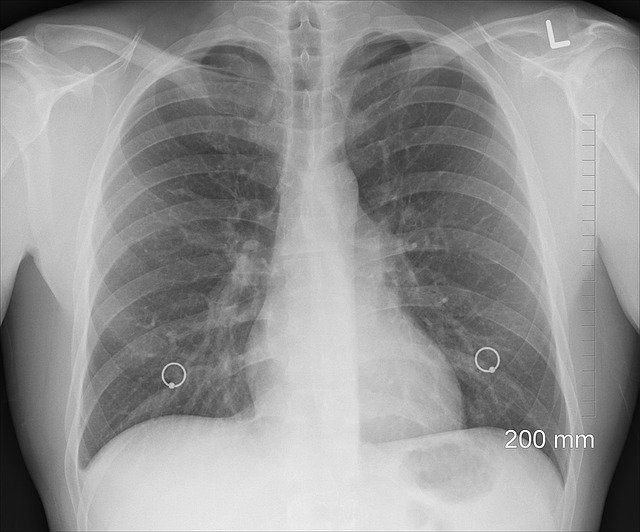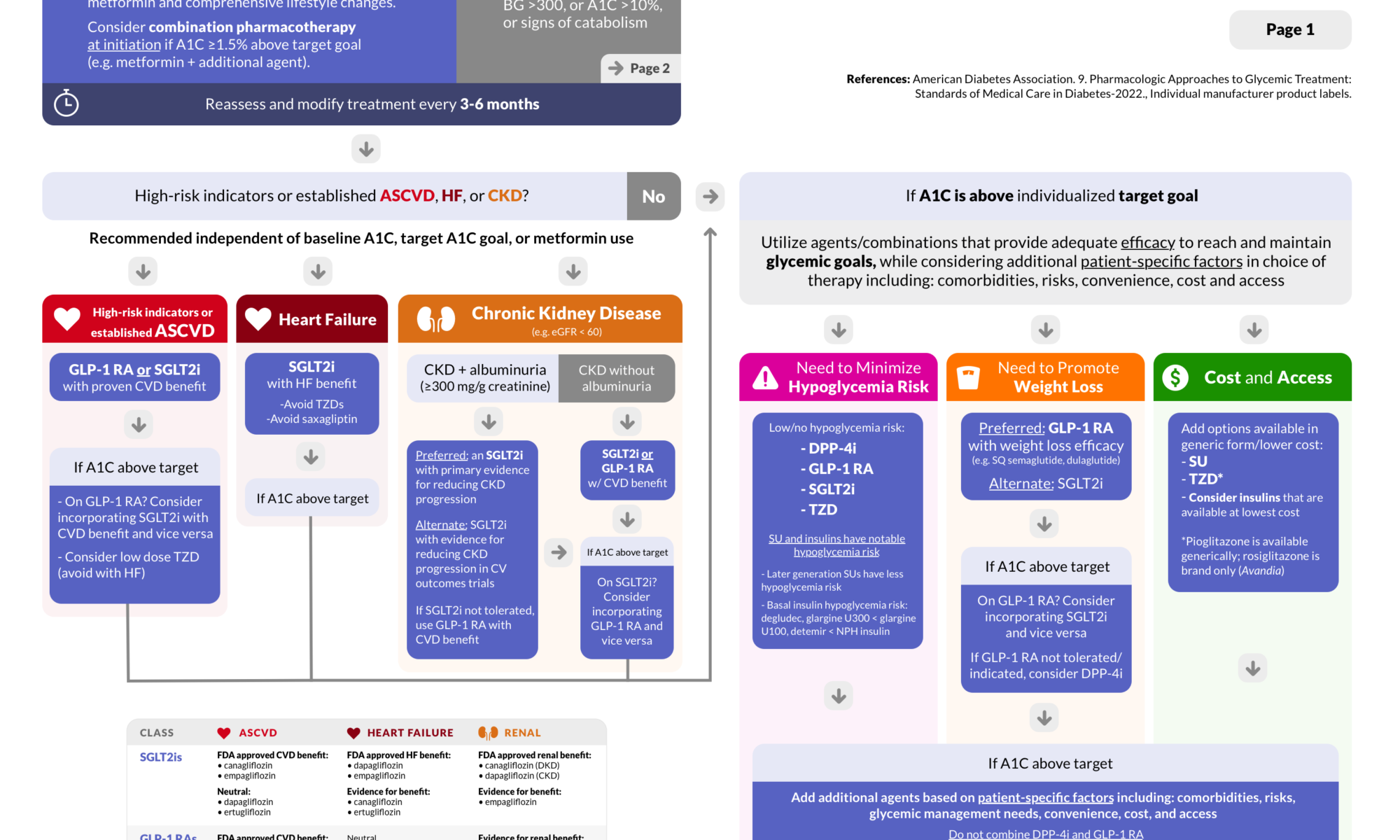Podcast: Play in new window | Download (Duration: 15:19 — 14.0MB) | Embed
On this episode of the Real Life Pharmacology podcast, I discuss carvedilol pharmacology, drug interactions, and adverse effects.
Carvedilol is one of the few beta-blockers that has alpha-blocking activity.
Carvedilol is almost exclusively metabolized by various CYP enzymes so renal function changes typically don’t change drug concentrations to a significant extent.
Beta-blockers like carvedilol are well known to cause the adverse effects of fatigue and sexual dysfunction.
Be sure to check out our free Top 200 study guide – a 31 page PDF that is yours for FREE!
Support The Podcast and Check Out These Amazing Resources!
Meded101 Guide to Nursing Pharmacology (Amazon Highly Rated)
Guide to Drug Food Interactions (Amazon Best Seller)
